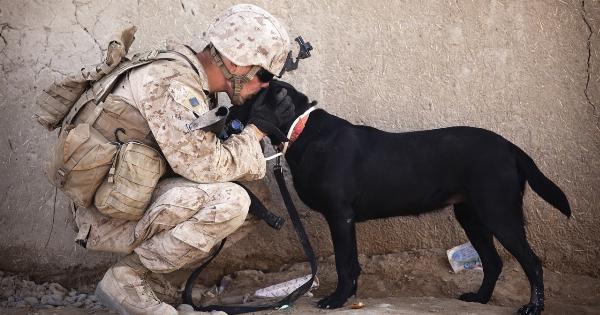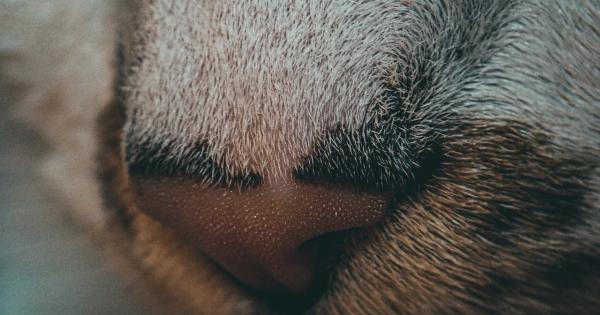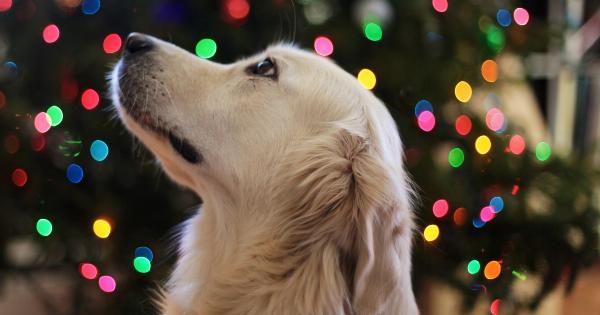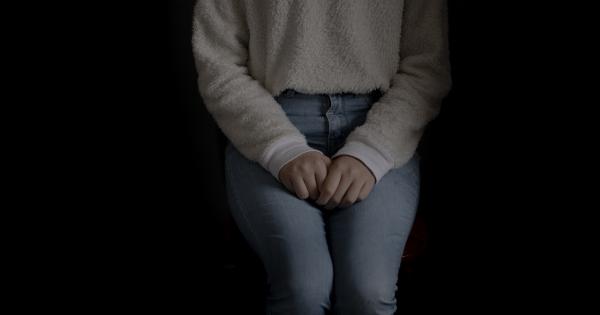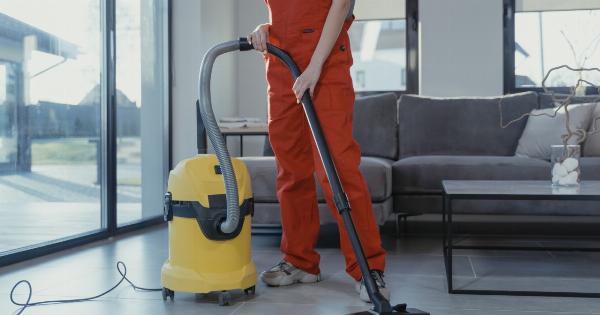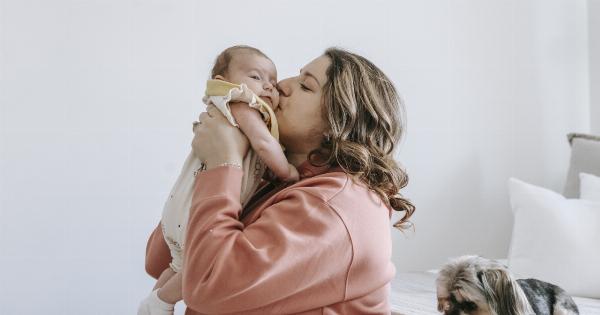Many pet owners have likely experienced the frustration of trying to vacuum their homes only to find their furry friend cowering in fear or exhibiting signs of anxiety.
Vacuum anxiety in dogs is a relatively common issue that can be distressing for both the dog and its owner. Understanding the causes of vacuum anxiety and exploring potential solutions is crucial in helping our canine companions feel safe and comfortable in their environment.
This article will delve into the various reasons why dogs may develop vacuum anxiety and provide effective strategies to alleviate their distress.
Causes of Vacuum Anxiety
Dogs can develop vacuum anxiety due to a combination of factors, including:.
1. Noise Sensitivity
Dogs have a heightened sense of hearing, and the loud noise emitted by vacuums can be overwhelming for them. The high-pitched whirring sound and hissing of air can create a sense of fear and unease, leading to anxiety and stress.
2. Fear of Novelty
Dogs are creatures of habit and can be wary of new or unfamiliar objects or situations. The sudden appearance of a vacuum cleaner, especially with its strange appearance and movement, can trigger a fear response and anxiety in dogs.
3. Previous Traumatic Experience
Dogs may develop vacuum anxiety if they have experienced a traumatic incident involving a vacuum cleaner in the past. This could include accidental injuries, being startled by the machine, or any negative association with the vacuum.
4. Lack of Positive Association
If a dog has never been properly introduced to a vacuum cleaner or has only had negative experiences with it, they may develop anxiety towards the appliance. This lack of positive association can contribute to their fear and avoidance behavior.
5. Owner’s Reaction
Dogs are highly attuned to their owners’ emotions and can easily pick up on their anxiety or frustration.
If a dog observes their owner feeling stressed or anxious while vacuuming, they may associate those negative emotions with the vacuum cleaner, further intensifying their own anxiety.
6. Natural Prey Drive
Some dogs have a strong prey drive or herding instincts, and the swift movements and noise of a vacuum cleaner can trigger this innate behavior. They may perceive the vacuum as a potential threat or prey, leading to anxious or reactive behavior.
Solutions for Vacuum Anxiety
Fortunately, there are several strategies that can help alleviate vacuum anxiety in dogs:.
1. Gradual Exposure and Desensitization
Gradual exposure to the vacuum cleaner can help desensitize dogs to its presence and noise. Start by introducing the vacuum from a distance and gradually move closer as the dog becomes more comfortable.
Reward their calm behavior with treats or praise to reinforce positive associations.
2. Counterconditioning
Counterconditioning involves pairing a positive experience with the vacuum cleaner to change the dog’s emotional response. Start by associating the vacuum with something enjoyable, such as playtime or treats.
Gradually increase the exposure while maintaining positive reinforcement to gradually reduce anxiety.
3. White Noise or Music
Playing white noise or soothing music can help mask the noise of the vacuum cleaner, reducing the anxiety-inducing effect. This additional background noise can help keep dogs calm and minimize their stress response.
4. Professional Behavior Training
If the dog’s anxiety is severe or persists despite attempts at home management, seeking professional help from a certified dog behaviorist or trainer is recommended.
They can develop a tailored behavior modification plan to address the underlying anxiety and work towards a solution.
5. Provide a Safe Space
Creating a safe space for the dog during vacuuming sessions can help alleviate their anxiety. Set up a comfortable area in a quieter part of the home, filled with familiar items like their bed, toys, and blankets.
Encourage them to retreat to this area when the vacuum is in use.
6. Calming Products
Calming products such as pheromone diffusers, anxiety wraps, or natural supplements may help reduce anxiety in dogs. These products can create a sense of relaxation and calmness, making vacuuming sessions less stressful for the dog.
7. Consultation with a Veterinarian
If vacuum anxiety persists or is combined with other behavioral problems, it is essential to consult with a veterinarian.
They can rule out any underlying medical conditions that may be contributing to the anxiety and recommend appropriate treatment options.
Conclusion
Vacuum anxiety in dogs can be distressing for both the pet and their owner.
Understanding the various causes of this anxiety and implementing appropriate solutions is crucial in helping dogs overcome their fear and anxiety associated with vacuum cleaners. With patience, positive reinforcement, gradual desensitization, and possible professional guidance, dogs can learn to cope with vacuuming sessions and feel more at ease in their home environment.

